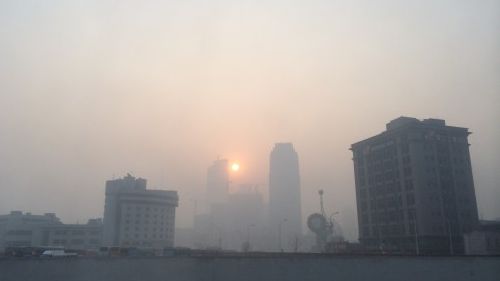China Rolls Out Emissions Controls at Ports

While the city of Beijing braces itself for “red alert”-level air pollution, shuttering industry and rationing driving, the Chinese Ministry of Transport has released detailed guidance for a set of emissions control areas at major Chinese ports.
The Implementation Plan for Emissions Control Zones (ECZs, as the ministry calls the areas) will require the use of low-sulfur fuels at eleven major Chinese ports.
Beginning January 1, 2017, ships calling at these ports will be required to use fuel with sulfur content of not more than 0.5% while at berth.
In 2018, this will extend to all ports in the Pearl River Delta, the Yangtze River Delta, and Bohai Bay, which together handle about 20% of the world's container traffic.
In 2019 ships entering the ECZs near these port regions will be required to meet the low-sulfur fuel standard while under way.
This mandate is the first of its kind outside of the EU and the United States. Its specifications for fuel still allow five times the sulfur permitted under the IMO's Tier IV standard for formal ECAs, and they do not begin right away – but they will have the effect of implementing global regulations one year ahead of schedule. The IMO's Tier IV worldwide standard of 0.5% maximum fuel sulfur content – the same as China's ECZ requirement in 2019 – will go into effect in 2020.
The plan does not address NOx or particulate matter emissions, beyond encouraging Chinese authorities to implement existing domestic and international requirements.
The Ministry of Transport has recently acquired the authority to address port pollution under China's Air Pollution Prevention and Control Law, and observers say that the plan's release suggests that it is serious about implementation. Environmental quality has become a source of social unrest in China, and the ruling Communist Party places a high value on stability.
The plan requires a further review in 2019, and future steps could include adoption of a 0.1% sulfur content standard in the ECZs (as in European and American ECAs) and enlarged coverage of China's seaboard.
